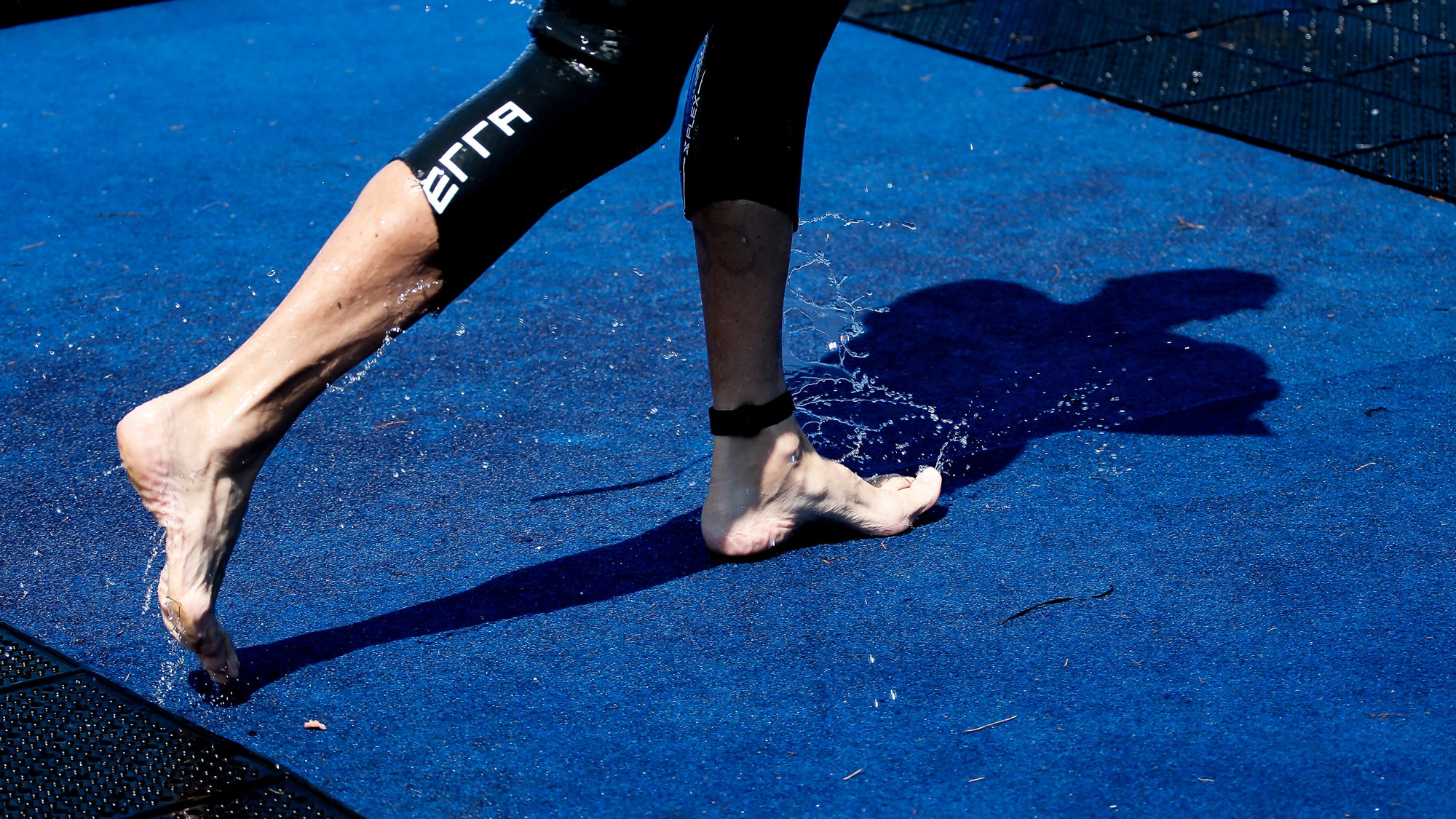5 Habits of Successful Endurance Athletes

Photo: Wagner Araujo/Triathlon.org
The off-season is a perfect time to reflect productively on what went well during your season and what needs to be improved—without the pressure of heavy training or impending races. I have been doing this for a number of years with my athletes, and have noticed some commonalities among those who tend to achieve their goals versus those who do not.
Being Prepared in Advance
The athletes who hit 90% of their planned sessions are the ones who sit down and review their training plan a few days in advance. They know exactly what is needed and when, and lose no time hitting their targets once they get started. The really organized ones even map out their food/nutrition plans for the week. And why not? If we know what is ahead we should plan our fuel accordingly.
Staying Focused
Once these guys/gals are training, they’re training. They were not listening to the latest podcast or allowing their minds to wander. They know their numbers for each session (see point 1) and they zone in on them. That focus shouldn’t just be restricted to training—being able to compartmentalize your goals and your personal life will help your support crew feel included.
Maintaining a Neutral Ego
Another key element to how these athletes complete their training is not being distracted by the training of those around them. Again it comes down to knowing their numbers and the objective of each individual session/block. Even if, say, they’re out on an easy recovery run and find themselves being overtaken by their club arch-nemesis, the smart move is to stick to the session plan not turn it into a race. Athletes who show this self-restraint are the ones waiting for that same nemesis at the finish line.
Managing Time Well
We all know that our time is limited to 24 hours each day, so we have to be smart about how we spend it. The most effective athletes are those who are “stealthy” in how they approach their training, finding ways to turn otherwise “dead” time in their day into productive training time. For example, can your daily 30-minute drive to work turn into an hour on the bike?
Essentially, stealth training involves maximizing your own personal time management efficiency while keeping the training load less impactful to the support crew. You don’t want to come home late after work and try to squeeze in a tempo run on low energy/motivation while your family wonders where you are.
Practicing Self-Awareness
Effective athletes listen to their body when it is sending them a signal. This can be as simple as fatigue levels or mood indicating they need another rest day, or it can be more scientific, like monitoring their resting HR or HRV to avoid overtraining and injury. This also ties into being able to park the ego (point 3). Taking a rest day is not a sign of weakness!
When doing your 2019 season planning, it’s worthwhile to consider how the above habits could make yourself (and your training!) more effective.
This article originally appeared at Trainingpeaks.com
Steven Moody has starred in the corporate rat race but found his greatest source of satisfaction came from his 15 years of endurance racing including numerous Ironman finishes and world championship qualifications. Realizing this fact, Steven abandoned his cubicle and moved into full-time coaching. Steven is now Ironman University, Triathlon Ireland, and Training Peaks level 2 certified and in 2017, was awarded Triathlon Ireland Coach of the Year.